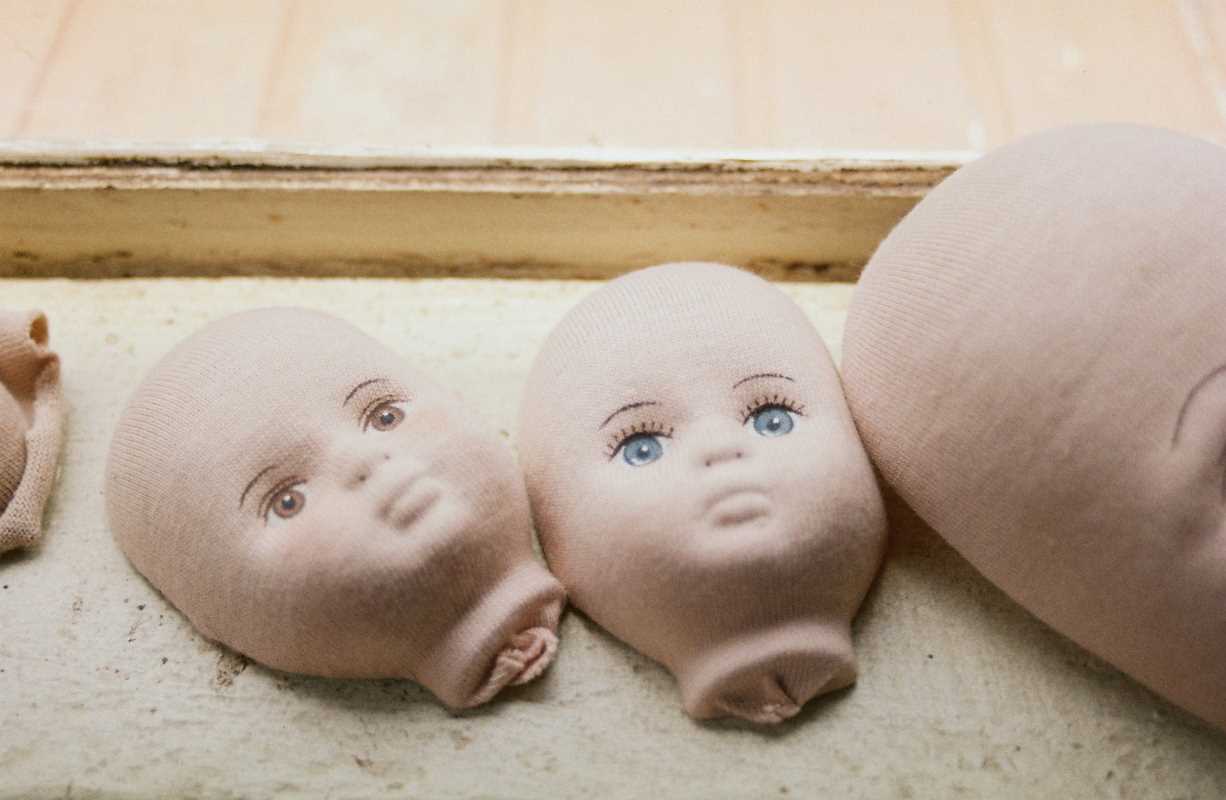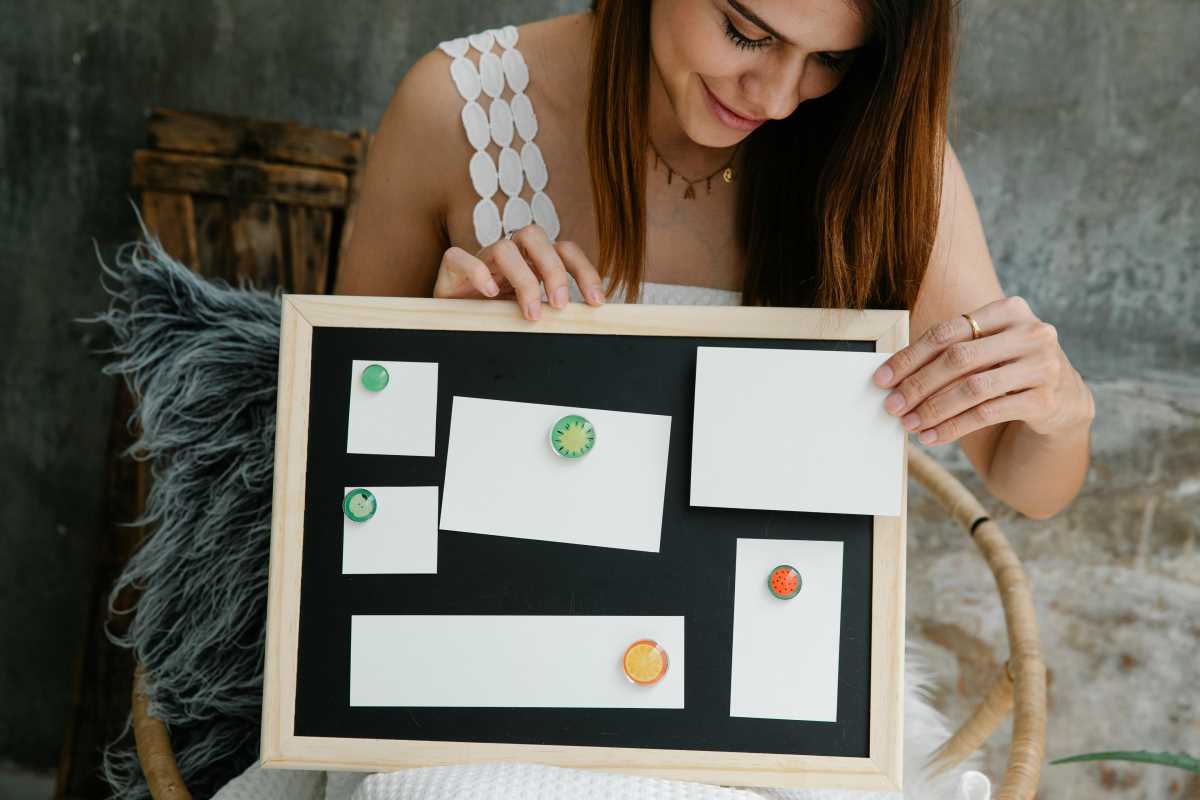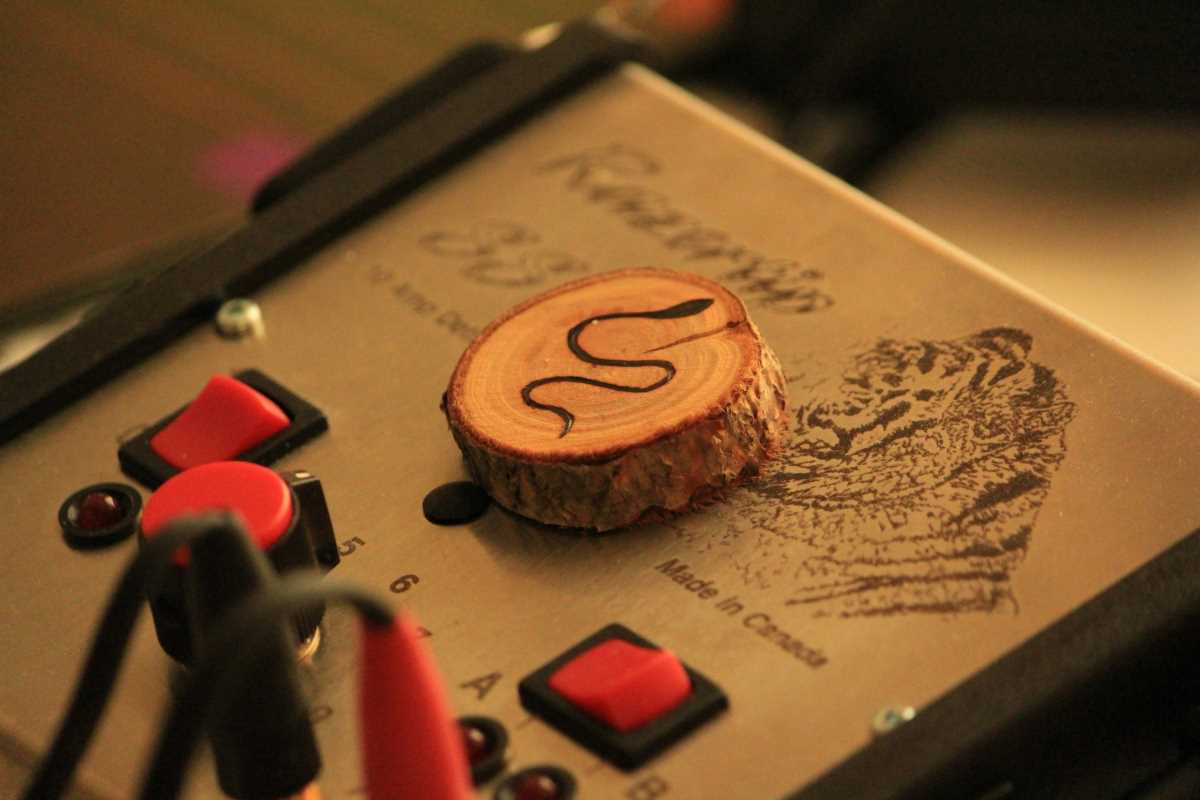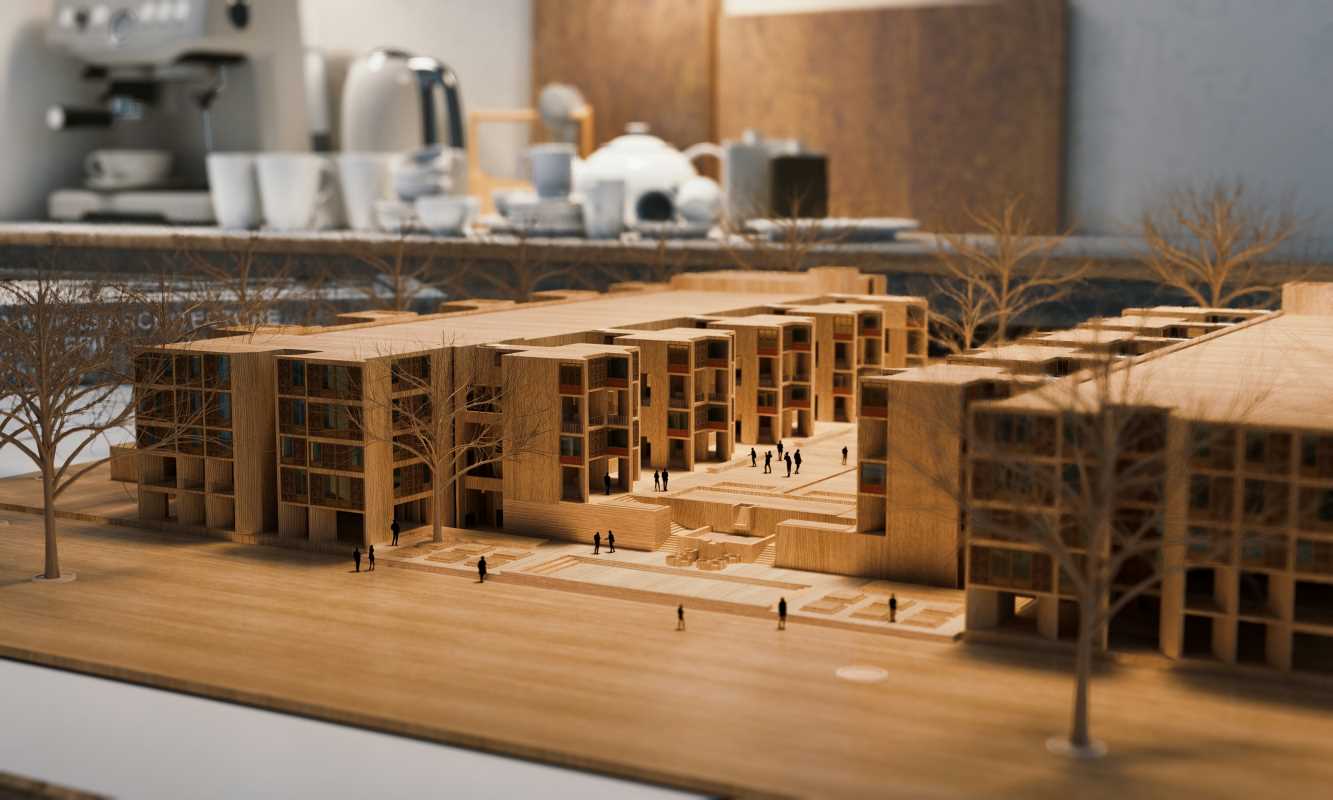Wandering through city streets reveals a tapestry of stories within alleyways, plazas, and lively corners. Meeting up with other sketch artists inspires new ways to see the world and brings a boost of creative energy. Strolling along a path that weaves past tucked-away murals and vibrant café patios invites you to notice the heartbeat of city life. Every gathering becomes more than just a casual outing; it transforms into a shared adventure where artists discover fresh textures, viewpoints, and tales to capture on paper. Each step encourages a deeper appreciation for the details and moments that make urban spaces unique and memorable.
Inviting people to join doesn’t just bring more hands to paper—it sparks conversations that echo beyond the drawing pad. Whether participants arrive with travel-size watercolors or pocket pencils, they contribute individual narratives that merge into a vibrant tapestry. Hosting your first gathering means weaving structure and spontaneity into a single thread.
New Routes Through Local Streets
Sketch outings fuel curiosity when organizers choose routes that showcase shifting light, unexpected textures, and contrasting architecture. Instead of mapping every stop, pick a corridor where pockets of shadow meet sunlit façades. That interplay invites participants to experiment with contrast and shading on the spot. By leaving space for impromptu detours—say a graffiti-covered wall or a pop-up market stall—you honor the unpredictable nature of exploration.
When you highlight a neighborhood’s hidden charm, you shift gears from cookie-cutter tours to sensory engagement. Suggest newcomers bring small hand lenses or phone macro lenses to study brickwork details. You’ll see participants draw tighter cross-hatching, translate rough surfaces into evocative line work, and exchange tips on capturing subtle gradations. The activity becomes as much about discovery as it is about drawing.
Turning Corners into Conversations
Sculpting an experience where every sketch station sparks a moment of connection helps newcomers feel welcome. Start with a quick “get-to-know-your-tools” icebreaker: have each person share their favorite sketching supply and one thing they love about the neighborhood. That simple introduction warms up the group and surfaces surprising perspectives on the same environment.
Encourage spontaneous critique circles at halfway points. Offer prompts like “share one stroke you tried for the first time” or “show how you handled a tricky shadow.” This approach reframes feedback as an exchange of insights rather than judgment. By weaving micro-presentations into the flow, you build camaraderie without slowing down momentum.
Choosing a Venue That Inspires
- Initial Planning Session
- Purpose: Design a structured, engaging 90-minute event.
- Steps:
- Draft a 10-minute welcome session, covering basic tips (e.g., layering ink and wash).
- Plan two 30-minute drawing intervals.
- End with a 15-minute sharing circle.
- Metric: Total session time should stay around 90 minutes.
- Insider Tip: Provide stickers or map pins so newcomers can mark their favorite vantage point on a shared group map.
- Promotional Outreach
- Purpose: Attract a varied, enthusiastic crowd.
- Steps:
- Create a clean event graphic showing the sketch route.
- Promote it on local art forums, community boards, and social media.
- Ask attendees to tag a friend who enjoys sketching.
- Metric: Aim for RSVPs from at least 8 unique profiles.
- Insider Tip: Host a supply swap where participants leave a pencil or pen on a communal “test bench.”
- Supply Check-In
- Purpose: Ensure everyone has what they need to sketch without delay.
- Steps:
- Share a checklist: sketchbook, pencil, eraser, water brush, portable stool.
- Send reminders 48 hours before the meetup.
- Assign a volunteer to manage extras and lend missing supplies on-site.
- Metric: Resolve 100% of missing supply requests within 5 minutes.
- Insider Tip: Bring painter’s tape to secure sketchbooks in case of wind.
- On-Site Orientation
- Purpose: Start with clarity and momentum.
- Steps:
- Gather everyone in a semicircle at the first sketch spot.
- Lead a 5-minute exercise focused on perspective lines.
- Invite all participants to try it together.
- Metric: Complete orientation in under 10 minutes.
- Insider Tip: Use a whiteboard or large sketchpad so everyone can clearly see demonstrations.
- Sharing and Wrap-Up
- Purpose: Foster reflection and motivation for future events.
- Steps:
- Reconvene at a café or bench.
- Let each person share one sketch and describe their process.
- Ask two quick questions: “What surprised you?” and “Where should we go next?”
- Metric: Limit each participant’s share time to 2 minutes.
- Insider Tip: Take a group photo by a mural or skyline and post it in the event thread to spark post-event conversation.
- Ongoing Engagement
- Purpose: Grow your meetup into a recurring creative community.
- Steps:
- Start a private chat group for updates and discussion.
- Run polls to determine future times and locations.
- Schedule themed sessions like monochrome days or night sketching.
- Metric: Achieve a 60%+ response rate on your first member poll.
- Insider Tip: Rotate meetup leadership to keep everyone involved and invested.
- Route Documentation
- Purpose: Create a lasting record of great sketching spots.
- Steps:
- Assign a group member to take geotagged photos at each stop.
- Compile into a visual map with lighting notes and suggestions.
- Share the archive in a shared folder for future reference.
- Metric: Include at least 5 unique sketch stops per meetup.
- Insider Tip: Add sketching tips to each map pin, such as “focus on edge definition” or “capture glass reflections with faint ink lines.”
Mixing structured steps with flexible touches helps your first meetup run smoothly, energize participants, and set the stage for future events. Find the right balance between guidance and spontaneous discovery that every artist desires.
Growing Your Sketching Community
- Have each member lead a mini-workshop on their favorite technique or subject, rotating regularly.
- Plan an annual “sketch exchange” where artists swap books and add quick sketches to each other’s pages.
- Organize pop-up collaborations with local galleries or cafés, providing space for group exhibitions of recent sketches.
- Host sketch challenges based on seasonal themes—think rooftops in autumn light or rainy-day reflections with watercolors.
- Keep the chat active with weekly prompts—share a texture you found, an interesting shadow pattern, or a piece of architecture to sketch before the next meetup.
By fostering a sense of shared ownership, you turn fleeting meetups into a lively circle of friends who keep coming back for the next adventure.
Each artist brings a unique perspective. By creating clear structures for exploration, you encourage creativity and meaningful connections at every gathering.
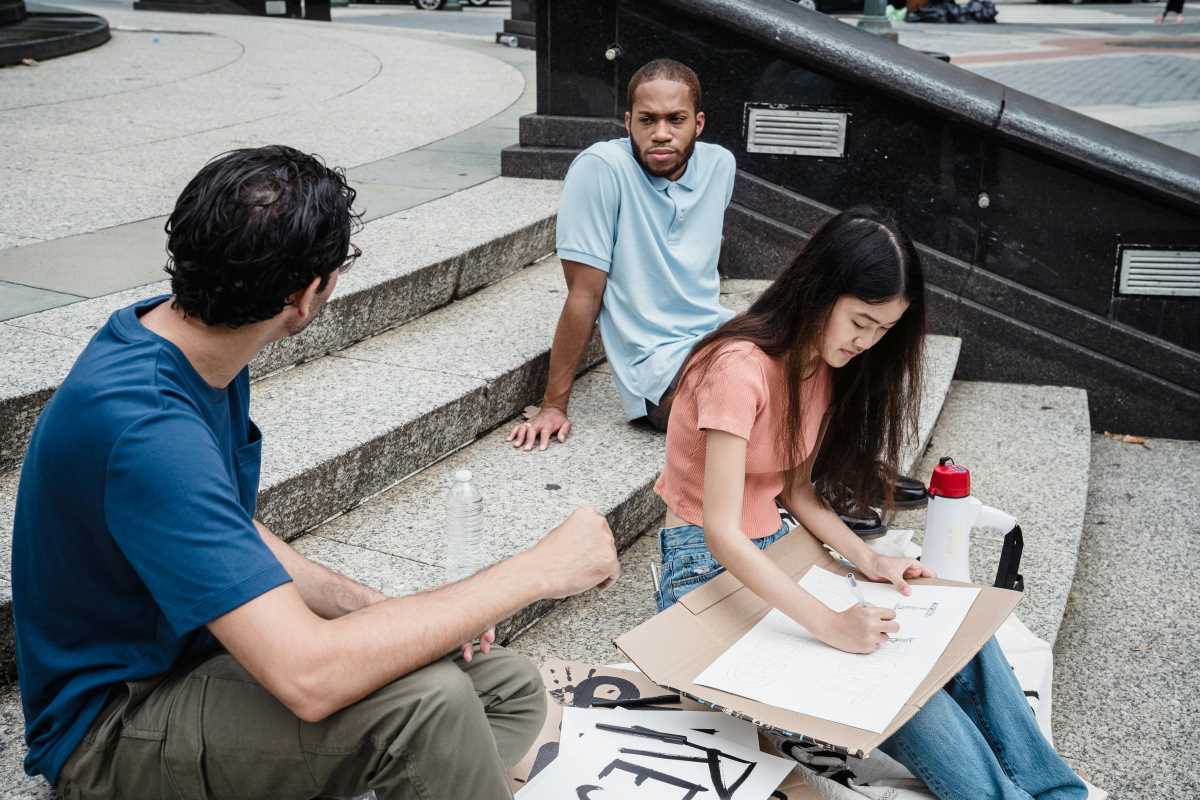 (Image via
(Image via